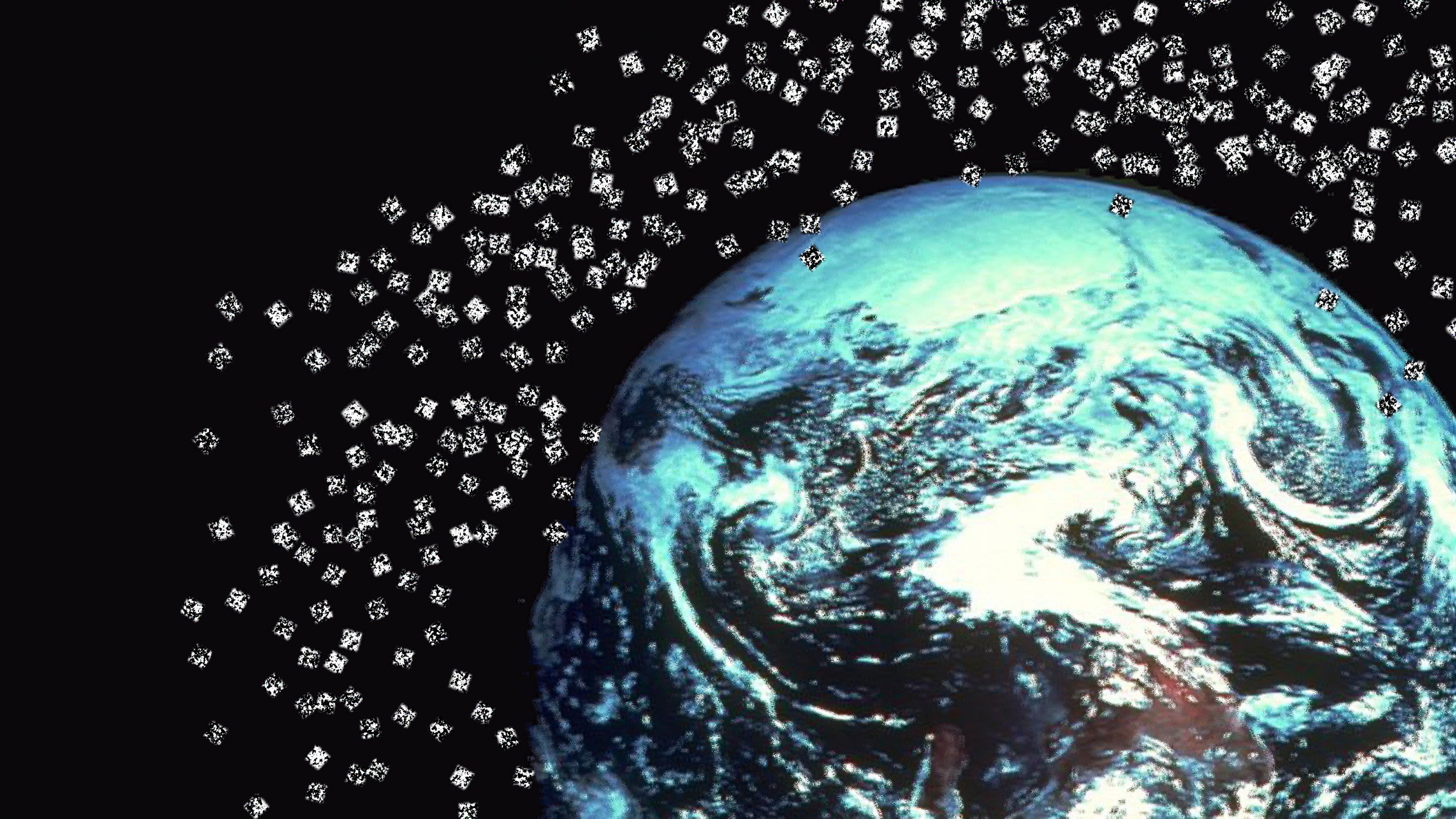Every week, the readers of our space newsletter, The Airlock, send in their questions for our space reporter Neel V. Patel to answer. This week: space debris.
Reader question
As is clear from last week’s question about sending Earth’s trash into space, we know that we have quite a lot of debris in orbit, much of it untracked. We always see catastrophic predictions of one collision setting off chain reactions and pretty much trapping us on Earth forever. Is there already technology existing to tackle space debris, or is there anything we can do to help raise awareness or make it possible? —Emily
Neel’s answer
Space debris is on the minds of a lot of people lately—myself included. I’ll start with the bad news: right now, we have no actual method of remediating most debris that’s currently orbiting the planet. There are some exceptions. If it’s an active satellite, it may have a working propulsion system that can be used to send it down into low orbit, where it will eventually fall into Earth’s atmosphere and burn up. Many satellite operators already have such plans for their low-Earth-orbit satellites after their missions are complete. Satellites in much higher orbits are usually sent farther out into “graveyard” orbits—too distant from Earth to pose any real threat, even if they were to collide with other objects.
But apart from those considerations, most debris is just zipping around the planet like outright trash. Those pieces could be as large as a baseball or as small as a pen cap. There is no way to control them and have them navigate out to safer orbital pastures. They may, over time, fall back to Earth’s atmosphere on their own—and much of that junk does!—but there’s no guarantee.
Now for the good news: different groups are working on a myriad of technology concepts that may show some promise, especially as we start to launch more satellite constellations over the next decade. A company called Astroscale wants to fish for defunct satellites and drag them out of harm’s way. Swiss scientists are pursuing a similar technology and have plans to launch a demo in the near future. More extreme (and highly unrealistic) methods involve using ablating lasers to shoot debris out of orbit or slow it down so it falls back into the atmosphere and burns up.
Right now, the best thing we can do is invest more in tracking technologies that can help give us a heads-up if an orbital collision between objects is possible or imminent. We should also demand more regulations that force satellite operators to ensure they are removing their satellites from orbit at the end of their mission.
To see our reader questions first, make sure you sign up for The Airlock here. It’s free—and it’s sent out every Wednesday.














